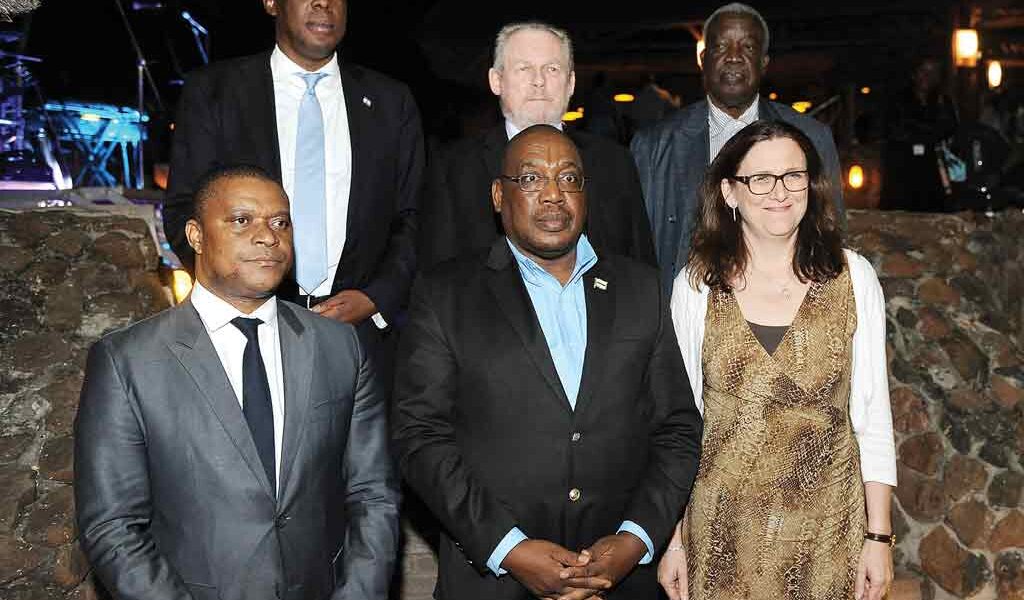- As SADC-EU EPA is signed in Kasane
- Access to 500 million European market
VINCENT MATUMO
Botswana and the rest of SADC now formally have duty free and quota free access to European markets.
Six SADC EPA Member States of Botswana, Lesotho, Mozambique, Namibia, South Africa and Swaziland and the European Union (EU) signed the first comprehensive African Economic Partnership Agreement on Friday last week, in Kasane.
All the SADC EPA Member States were represented by their respective Ministers of Trade, while the EU was represented by the European Union Trade Commissioner, Cecilia Malmström and Marisa Gerards, Ambassador of the Kingdom of the Netherlands to the Republic of South Africa.
Malmström called the EPA “A pragmatic deal based on a realistic collective assessment of everyone’s relative strengths,” adding that “it will allow all six countries to shelter products and sectors from competition where needed and some cases forever, in other cases over long timelines.”
“That makes it strongly pro-development. As do the provisions on workers’ rights and protecting the environment. The EPA favours sustainable development – not growth at all costs,” she said.
The EU-SADC Economic Partnership Agreement provides amongst others, for implementation of guaranteed duty-free, quota-free market access to the EU for goods from Botswana, Lesotho, Mozambique, Namibia and Swaziland. South Africa will also have improved preferential treatment for their products over and above what is already covered by the EU-South Africa Trade and Development Cooperation Agreement into the EU market.
“It will no longer be about the EU granting access to our market. Under the EPA, it will also become easier for companies and consumers to source European products that are needed here,” said Malmström.
The EU-SADC Economic Partnership Agreement is a development-oriented Agreement with the objective of supporting sustainable economic growth, diversification and expansion of the industrial base of the region through regional and global value chains, investment and opportunities.

